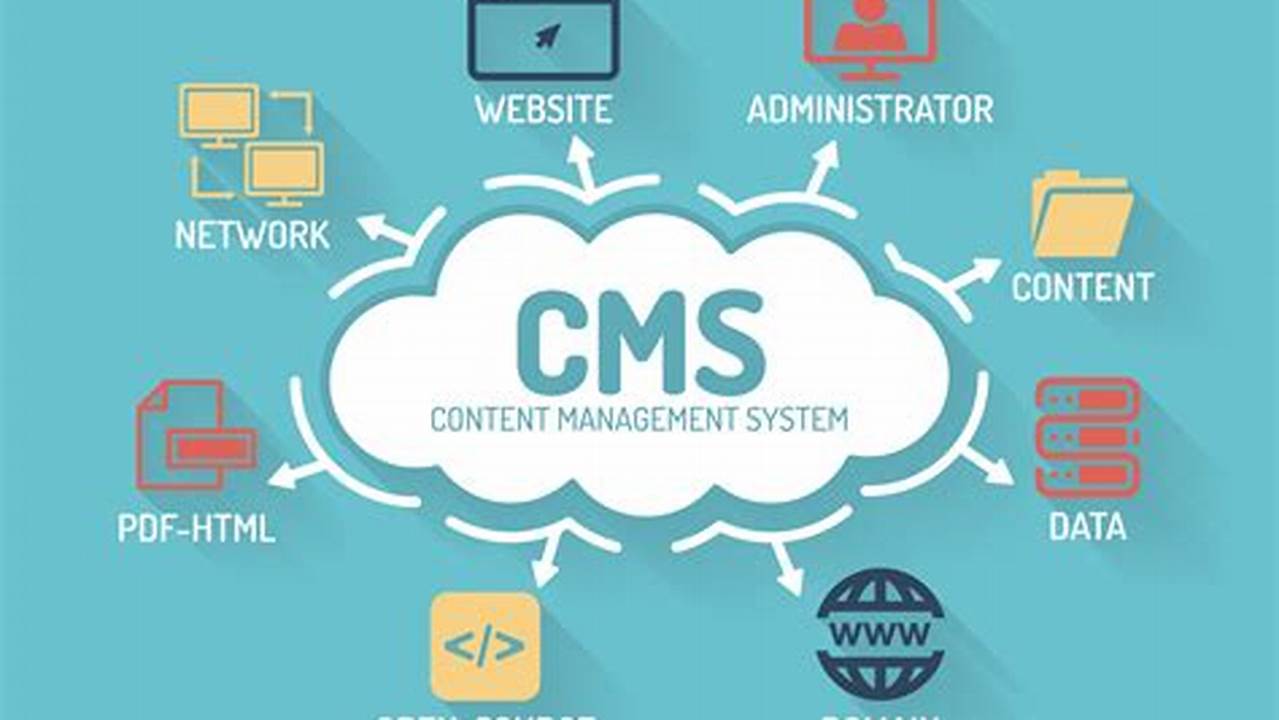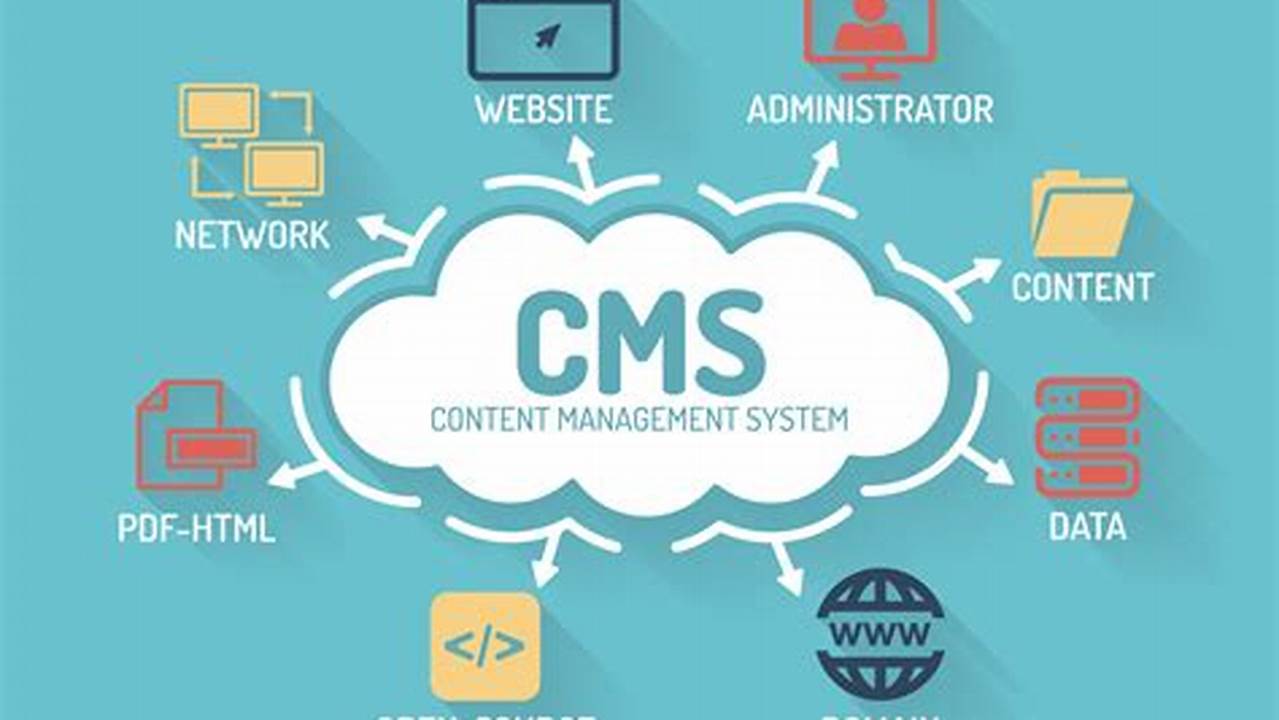Understanding the core components of a robust online presence is crucial in today’s digital landscape. A system for managing online content offers a streamlined approach to creating, modifying, and organizing digital material, simplifying website maintenance and empowering users, regardless of technical expertise, to control their online narrative.
Simplified Website Management
This system eliminates the need for complex coding, enabling users to easily update and manage website content.
Improved Collaboration
Multiple users can access and contribute to content creation and editing processes, fostering teamwork and efficiency.
Enhanced SEO
Built-in features often support search engine optimization best practices, improving website visibility and organic reach.
Increased Flexibility
Users can easily adapt and modify website content to reflect evolving business needs and market trends.
Cost-Effectiveness
By streamlining website management, these systems can reduce the need for extensive technical support and development costs.
Enhanced Security
Reputable systems often incorporate robust security measures to protect websites from cyber threats and data breaches.
Improved User Experience
Intuitive interfaces and user-friendly design contribute to a seamless and positive user experience for content managers.
Scalability
These systems can adapt to accommodate growing content volumes and evolving website requirements.
Version Control
Tracking changes and reverting to previous versions of content is typically facilitated, ensuring content integrity and accuracy.
Integration Capabilities
Many systems seamlessly integrate with other essential business tools and platforms, enhancing overall workflow efficiency.
Tips for Effective Utilization
Plan your content strategy: Define clear objectives and target audiences before implementing a system.
Choose the right system: Select a platform that aligns with specific needs and technical capabilities.
Train your team: Ensure all users are adequately trained on the system’s functionalities and best practices.
Regularly update and maintain: Keep the system and its associated plugins or extensions up-to-date for optimal performance and security.
Frequently Asked Questions
What are the different types available?
Various types cater to diverse needs, from basic blogging platforms to complex enterprise solutions.
How do I choose the best one for my needs?
Consider factors like website size, content complexity, technical expertise, and budget.
Is technical expertise required to use one?
While some technical understanding can be beneficial, many are designed for users with limited technical skills.
What are the key features to look for?
Essential features include user-friendly interfaces, SEO capabilities, content scheduling, and integration options.
Can I migrate my existing website to a content management system?
Yes, migration is usually possible, though the complexity depends on the existing website structure and the chosen system.
How much does it cost to use one?
Costs vary depending on the chosen platform, ranging from free open-source options to premium enterprise solutions with subscription fees.
Leveraging a system for managing website content offers a powerful solution for establishing and maintaining a robust online presence. By simplifying content creation, enhancing collaboration, and improving overall website management, these systems empower individuals and organizations to effectively communicate their message and achieve their digital goals.



